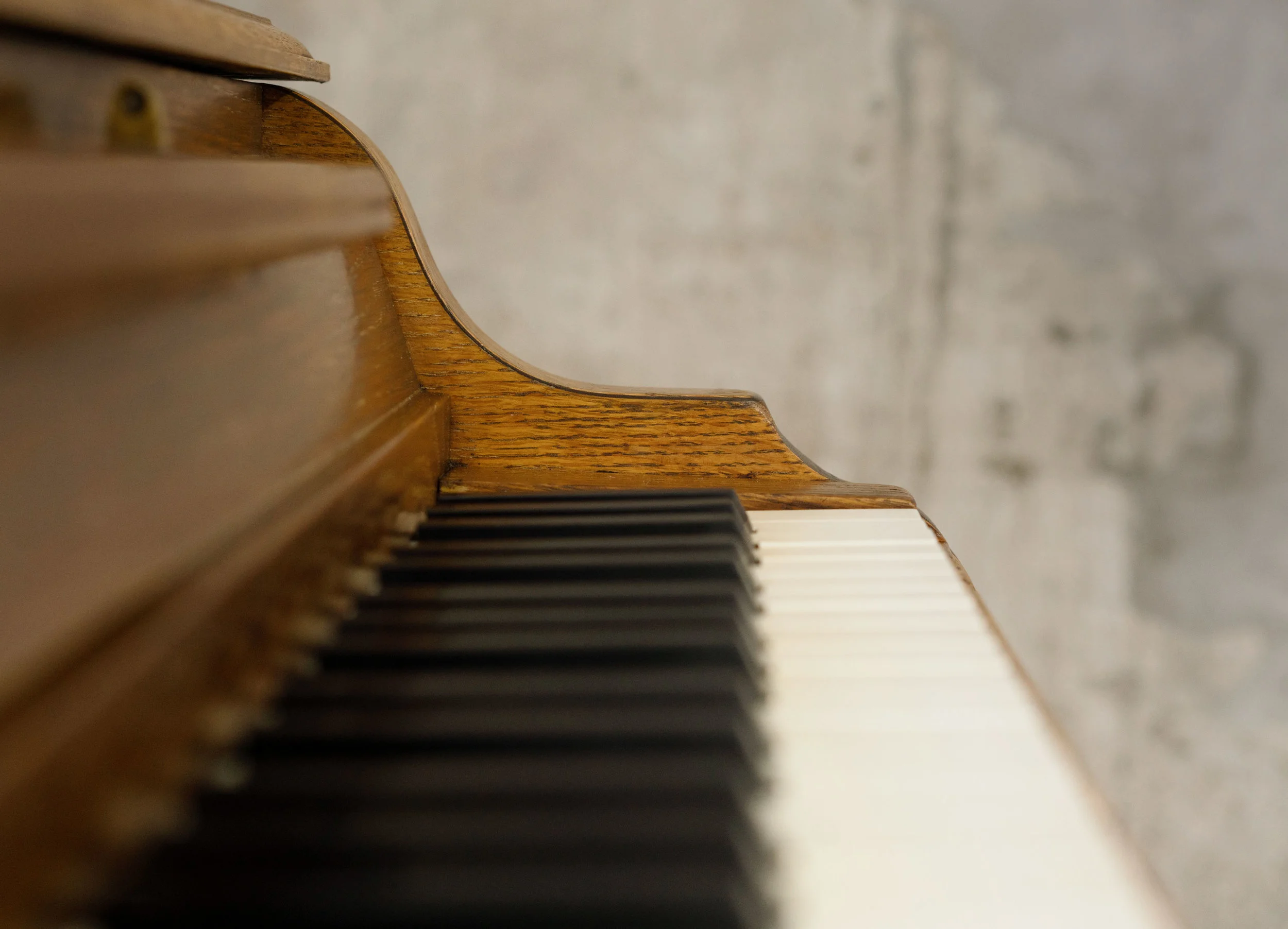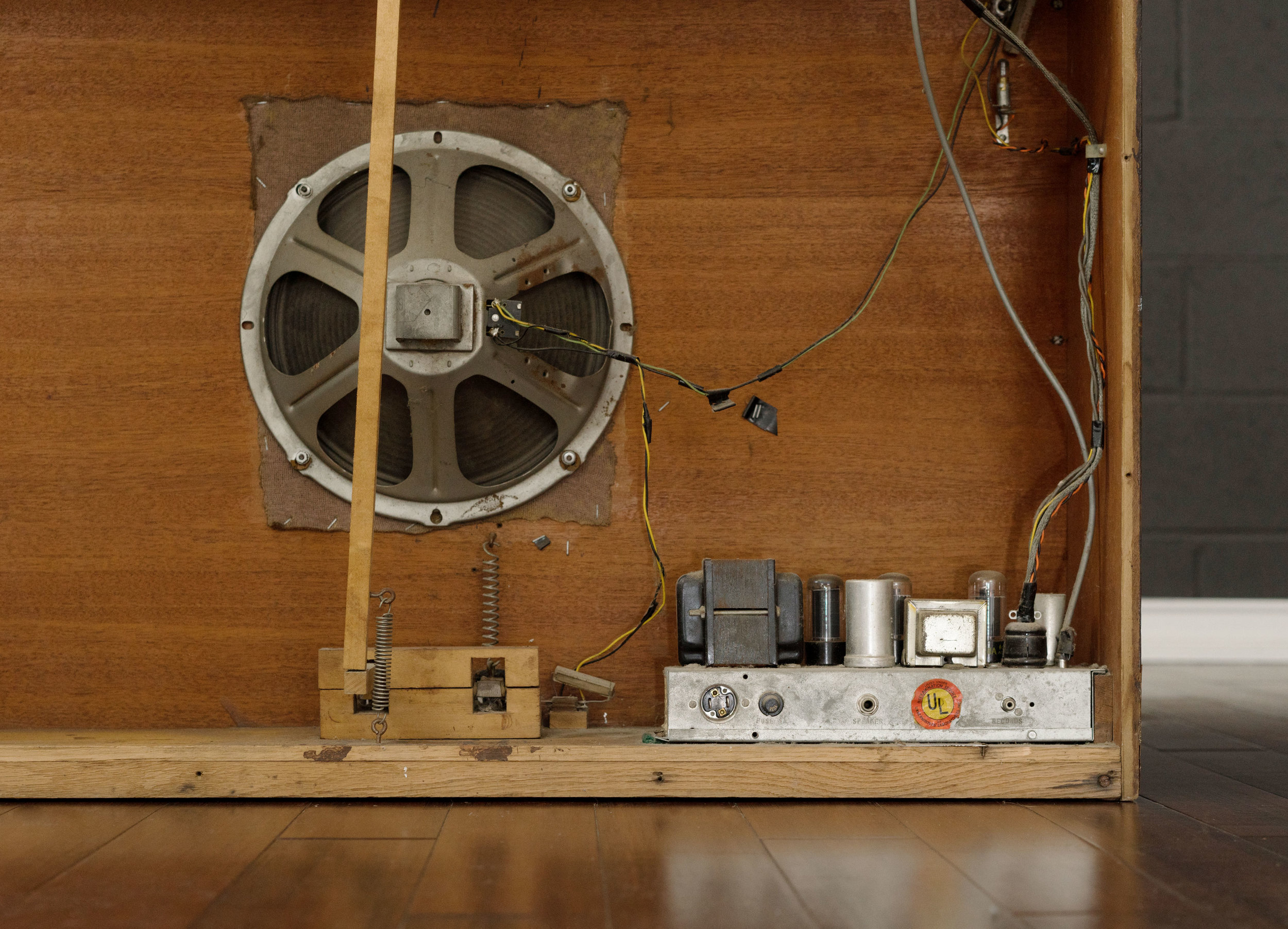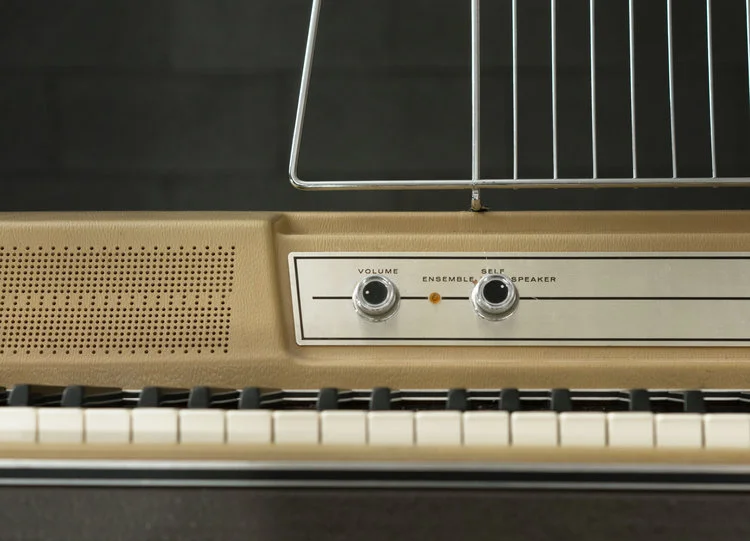The Wurlitzer 700, Explained
When Wurlitzer first released its electronic pianos in the mid-1950s, they were sleek and modern - almost space-age - in design. Curved cabinets, elegantly tapered legs, bold speckled paint jobs: inside and out, these were the pianos of the future, unlike any pianos ever built before.
And Wurlitzer knew pianos. By 1955, the company had been manufacturing pianos for 75 years: uprights, spinets, compact grands. Wurlitzer did it all: entry-level apartment-friendly pianos, ornate heirloom-quality pianos, chic spinets trimmed in avocado tolex. The unusual design of their first electronic piano - the 112 - was a statement, not a necessity. If Wurlitzer wanted to give it a traditional look, they certainly had the resources to do so.
Enter the 700.
The 700 is a shimmery, warm, all-tube electronic piano disguised as your average spinet. Its neat lines and minimal ornamentation suggest an austerity that is definitely not present in its rich tube tone. It wouldn't look out of place in your grandmother's living room. It wouldn't sound out of place in a jazz ensemble.
Just as the 700's action is a simplified piano action, its cabinet is a simplified version of a full-sized piano cabinet. Since it's not supporting anything particularly heavy, and because the sound quality comes from the electronics, the materials used are less substantial. For instance, it typically has a base composed of two 2x4s.
Still, Wurlitzer did not skimp on aesthetics. There is plenty to admire on a 700: rich wood grain, elegant lines, discreet knobs. Although it is much smaller than an acoustic piano (and just 1/3 of the weight of a spinet), the scale of the 700 feels correct. It could easily look like a mutated toy, but it feels perfectly natural: a compact piano that never overwhelms a room. Its most ostentatious feature is the lid: all you need is a screwdriver to show off your 700's inner workings to your friends.
Inside, the 700 has a 120-style action and tube amplifier. Its late-50s release predates vibrato, but a tube Wurlitzer is so rich and warm that onboard effects are arguably redundant. Another unique feature is a soft pedal, which is only found on 700-series Wurlitzers. The speaker of the 700 is mounted to the front of the cabinet, facing the player. At 12", this is largest single speaker in any Wurlitzer. Later, the 720b model abandons it in favor of an oval speaker that more accurately fits within the deco-style cutout on the front baffel. Hindsight says that Wurlitzer should have just made the cutout bigger (the 12" speaker is super cool!), but the 720b's speaker is still much bigger than the ovals found in 140-series counterparts.
A Wurlitzer for the discreet technophile, the 700 is equal parts tradition and technology. One of the most unique electronic pianos ever, its most striking feature is how ordinary it looks. And yet, the moment you turn it on, you're enveloped in that unmistakable Wurlitzer sound. In a design scheme where hairpin legs and mod style and simple textures dominate, the 700 is conspicuously conservative. In fact, this aggressively traditional piano could possibly be the most unusual and visually daring piece of equipment in your studio. A much as it tries to blend in, the 700 is definitely worth a second look.
Further Reading
Browse all of our articles on restoring vintage gear. Or, click on an image below.








